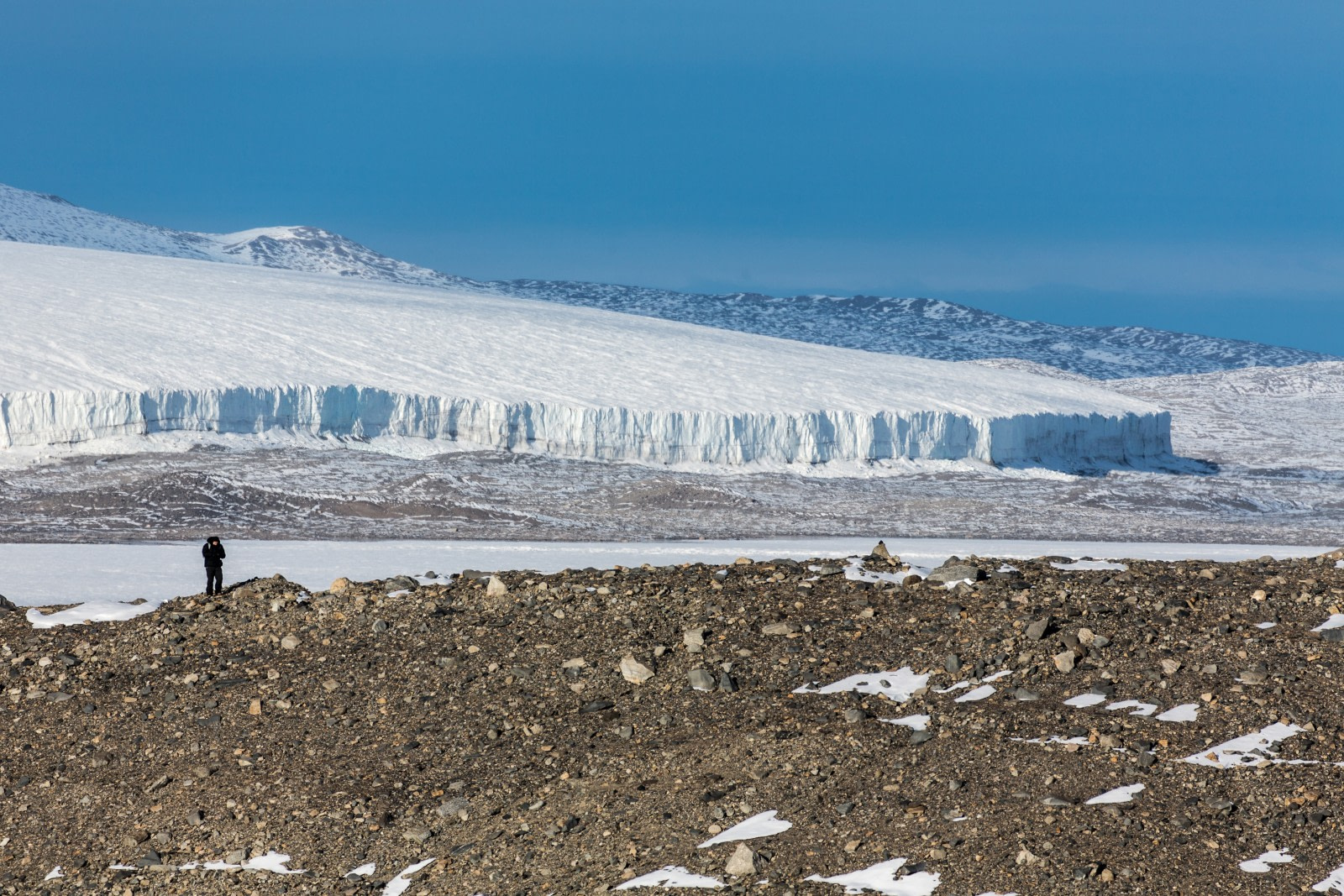One of the most awe-inspiring natural wonders you can witness on an Arctic or Antarctic expedition is glaciers. These immense ice formations have been gradually moving from the mountains to the oceans for countless years, acting as both time capsules and indicators of our rapidly changing environment.
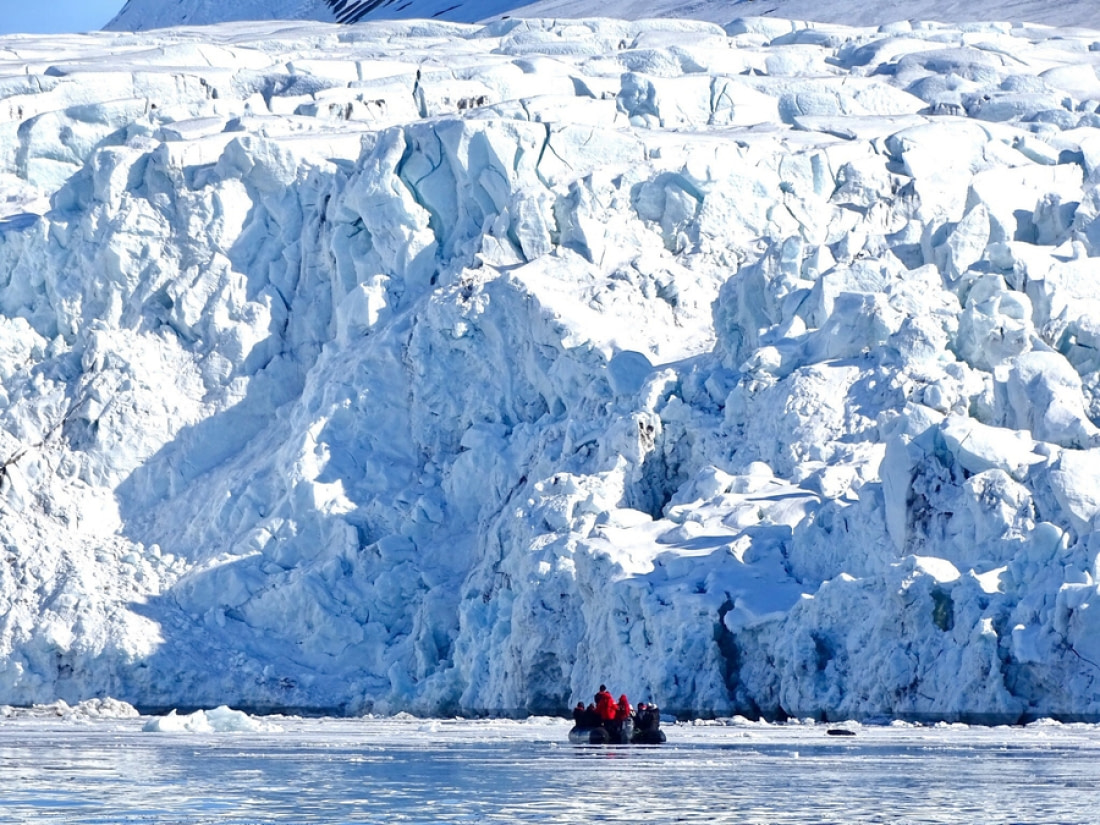
What is a glacier, and what types of glaciers are there?
A glacier is a massive body of ice that moves slowly from high ground to the sea. Glaciers are categorized based on their stage in this journey. Cirque glaciers are found in mountain peaks. As they descend into valleys, they become valley glaciers or alpine glaciers. When they reach the sea, they are known as tidewater glaciers, which are the source of icebergs. The slightly warmer sea water causes the ends of these glaciers to break off, or calve, forming icebergs.
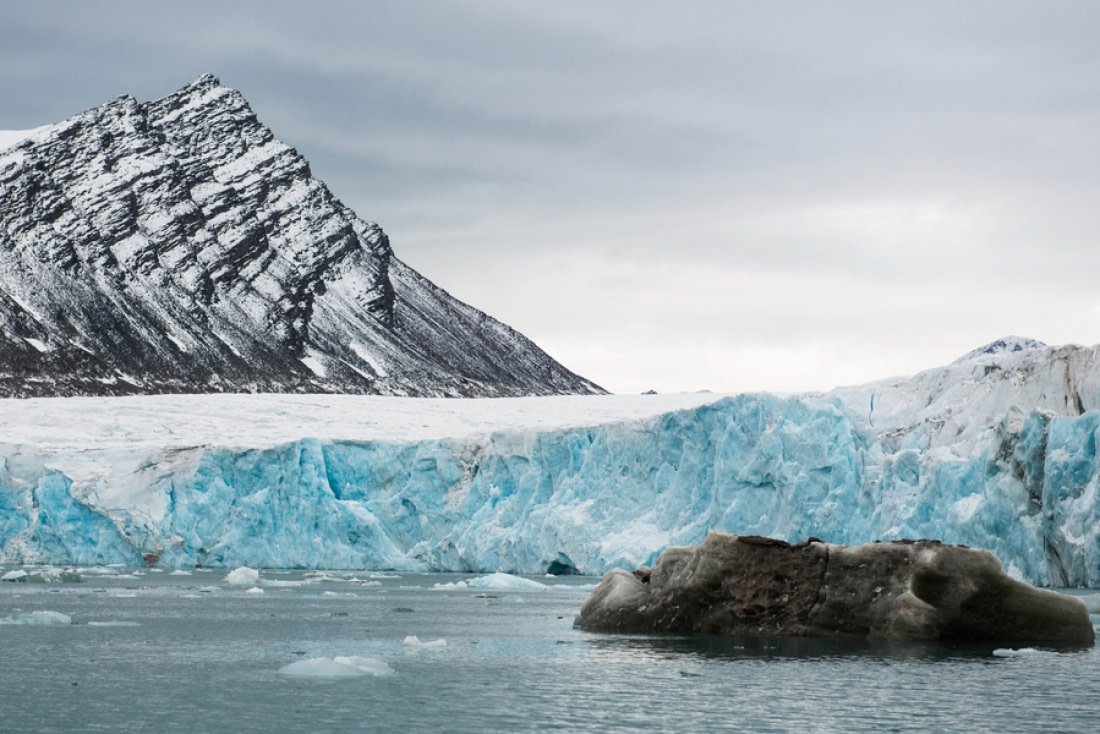
Glaciers vs. icebergs
Although often used interchangeably, glaciers and icebergs are distinct entities. Glaciers are land-based and entirely above the waterline, while icebergs are mostly submerged, with only a small portion visible above the surface. Glaciers are extensive, stretching kilometers/miles inland, whereas icebergs are smaller, independent chunks that drift around the polar oceans.
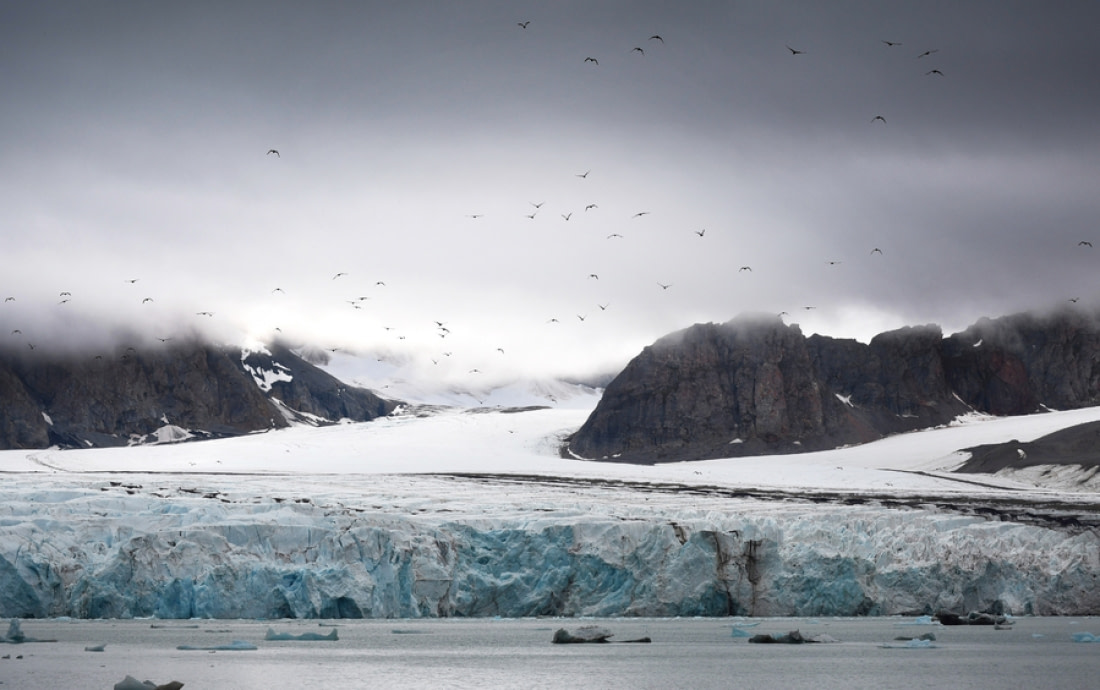
Pressure and time: how glaciers form
Glaciers originate in the high-altitude troughs of hills and mountains. Over centuries, persistent snowfall accumulates, compresses, and transforms into solid ice. Once the compressed snow reaches a critical mass, gravity pulls the ice downhill, forming a glacier. Continuous snowfall behind the glacier compresses into ice, feeding the glacier and maintaining its flow. This process can be observed during Arctic or Antarctic cruises, though the types of glaciers vary between these regions.
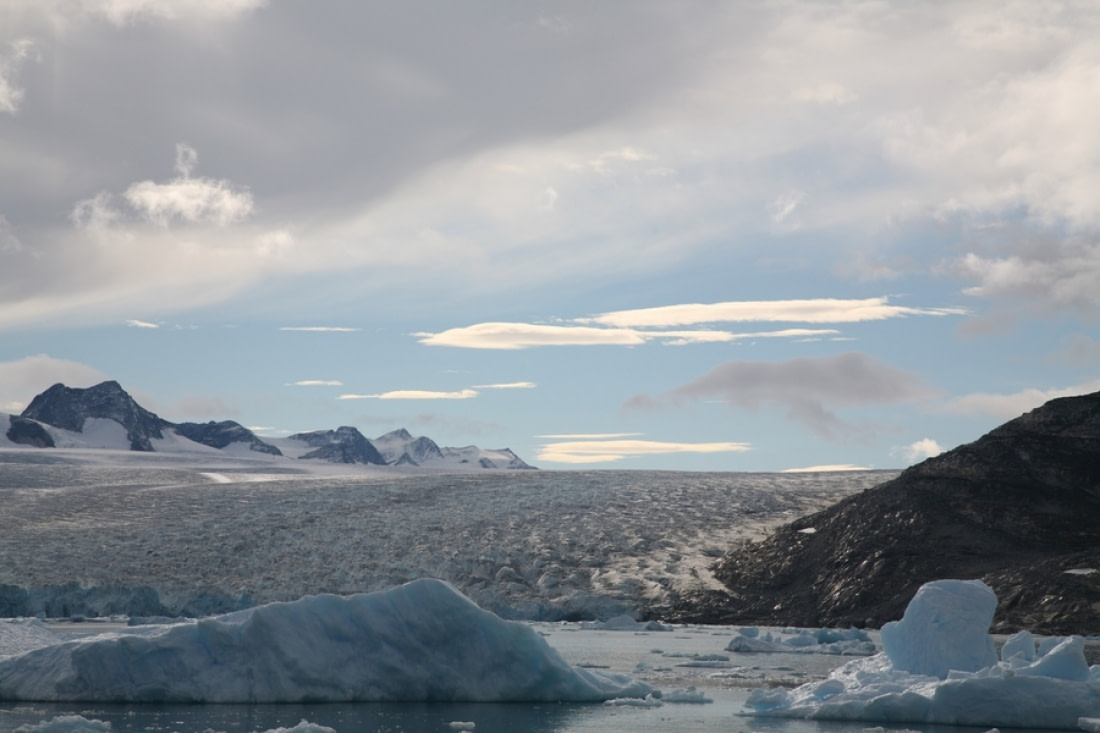
Glaciers on the move
The largest glaciers can weigh tens of millions of tons. They move because the sides and base, in contact with the Earth, are slightly warmer than the top surface and core. This warmth creates a thin layer of water that acts as a lubricant, allowing the glacier to slide. If the glacier melts at the front, it appears to retreat up the mountain, known as glacial retreat. Conversely, if it grows, it is called glacial advance.
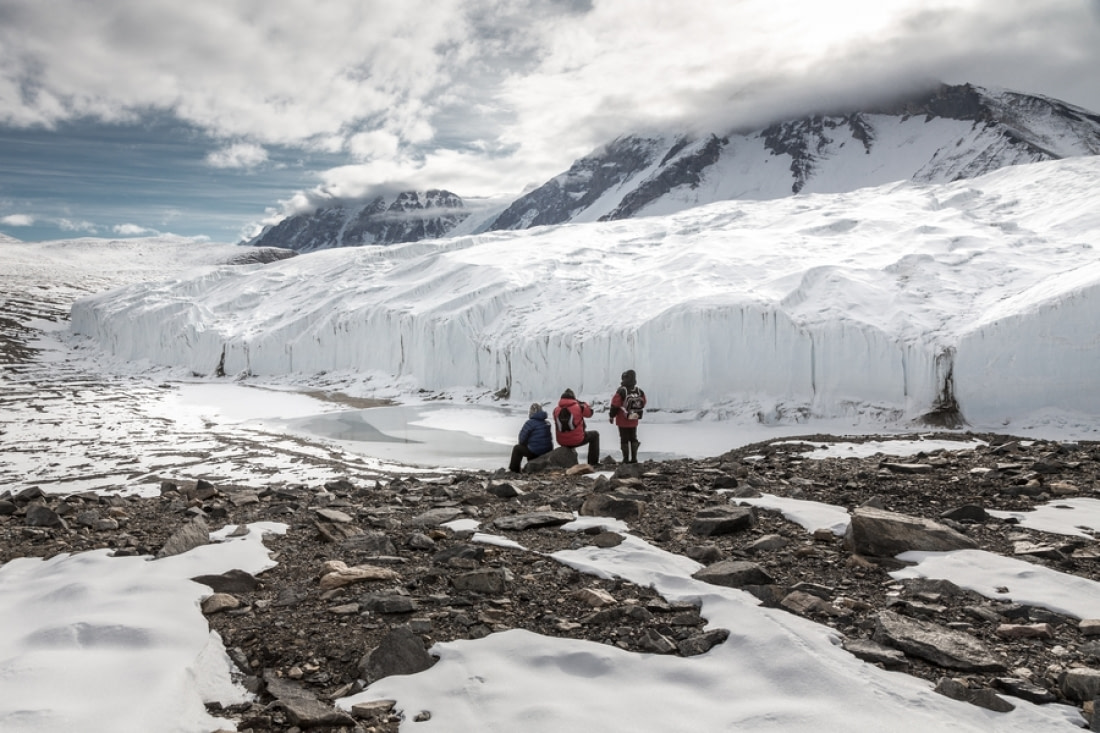
Changing the landscape one glacier at a time
Glaciers are powerful forces of nature. As they move downhill, they carve out valleys through friction and freeze-thaw processes. Freeze-thaw occurs when meltwater from glaciers surrounds nearby rocks and refreezes, attaching the rocks to the glacier. When the glacier moves, it plucks these rocks away, aiding in erosion. The valleys left behind are U-shaped, with straight sides and flat floors.

Glamorous glacier colors
The top of a glacier appears white, while the sides are blue. This color difference is due to the density of the ice. As light travels through the dense ice, it slows down, causing the ice to appear blue (a phenomenon known as refraction). Fresher, less compressed areas of the glacier appear white. The color of a glacier can indicate its age: the older the glacier, the bluer it appears.
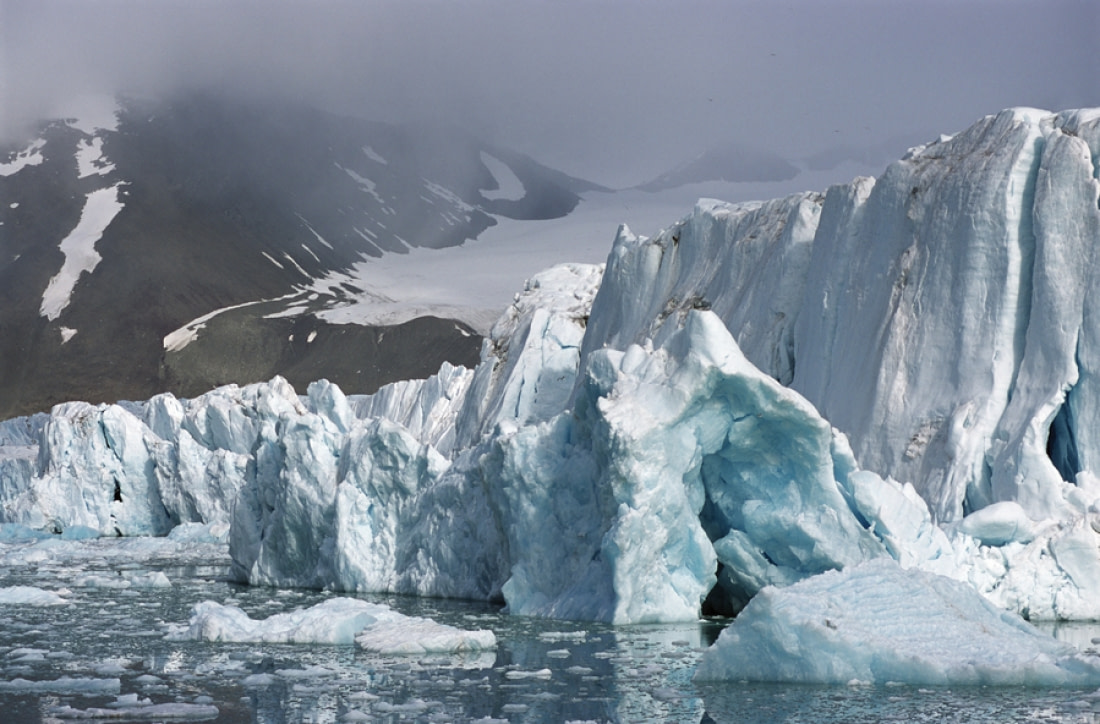
Where glaciers are found
Most of the world's glaciers are located in the polar regions, making them a major attraction for trips to Antarctica and the Arctic. However, glaciers can also be found in Argentina, Peru, China, India, and New Zealand. In the northern hemisphere, Greenland is renowned for its numerous glaciers, such as the Eqi Glacier. Iceland's Vatnajökull Glacier is another notable example, being one of the largest in Europe.
The best place to see glaciers is in Antarctica. Deception Island in the South Shetlands is over 50% covered in glaciers and is a popular spot for scientists and tourists. Elephant Island, at the northeast tip of the Antarctic Peninsula, is home to the famous Endurance Glacier, where Ernest Shackleton and his crew were stranded for four and a half months in 1916.
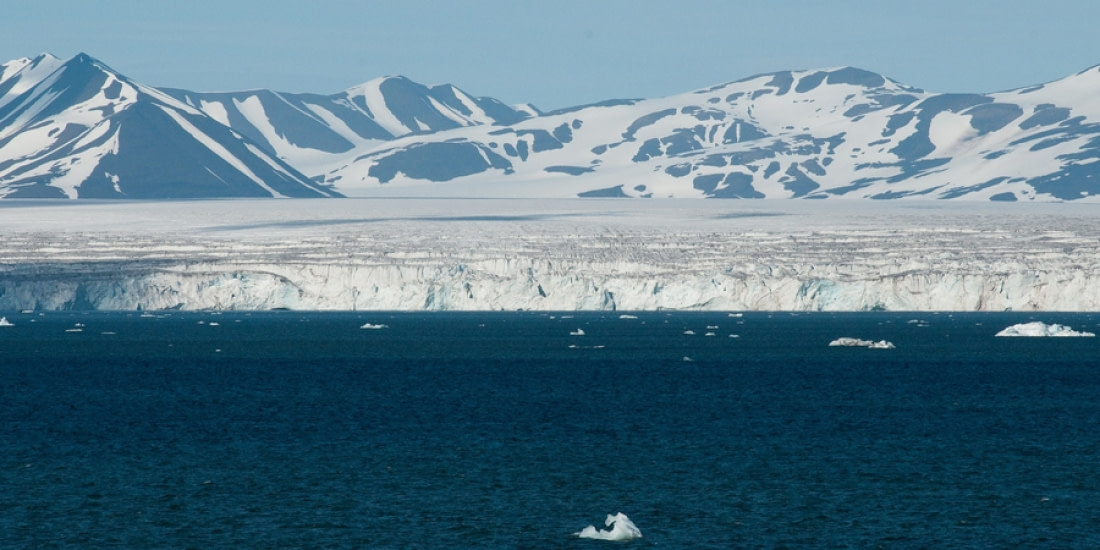
Setting foot on a glacier
Many glaciers are solid enough to walk on, and there are organized trips for visitors to explore, walk on, and even climb glaciers. Ice climbing has become a popular activity for adventurous travelers. With the help of an experienced guide, you can use ice picks and crampons (spiked shoes) to navigate the glacier. However, be cautious of crevasses, which are deep vertical cracks in the ice. Walking along the side of a glacier can be more dangerous due to the risk of ice breaking off unexpectedly. The area where a glacier meets the sea is the most active, as large chunks of ice calve off to form icebergs.
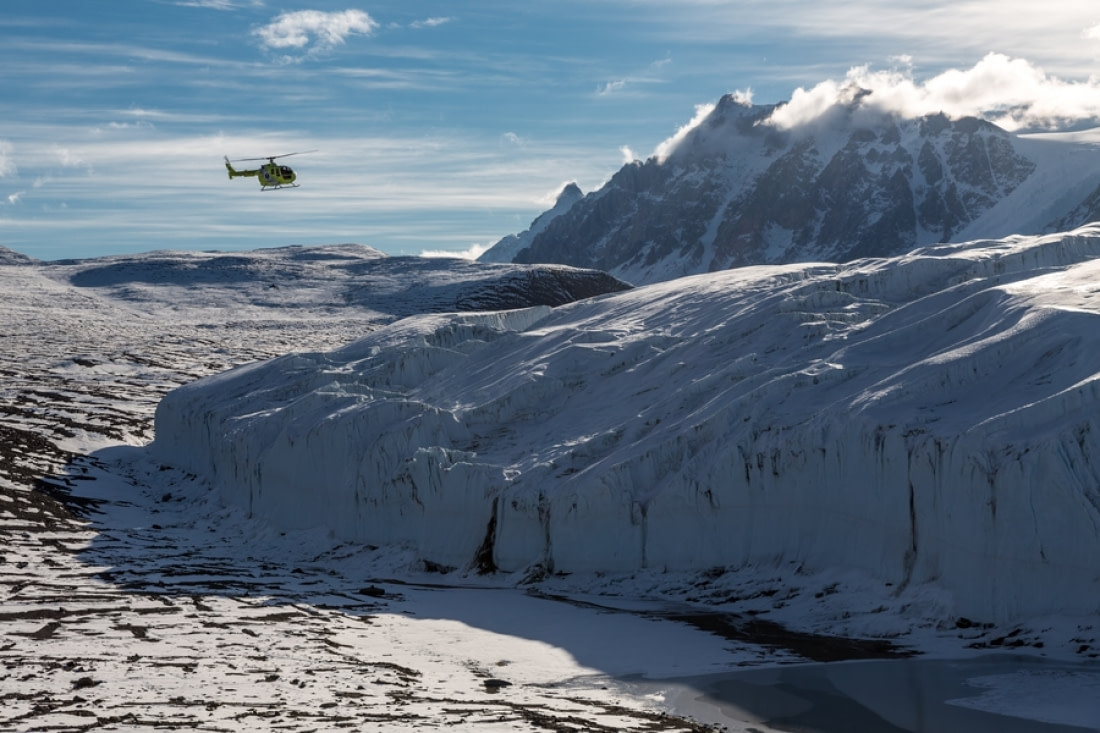
Five final glacier facts
1. Scientists who study glaciers are known as glaciologists. By examining glacier behavior and taking core samples, they can study environmental changes.
2. Glaciers are the largest reservoir of fresh water on Earth.
3. Living bacteria and microbes have been found in ice samples over 750,000 years old. For perspective, modern humans have existed for about 40,000 years.
4. The bodies of unfortunate explorers are sometimes found in glacier meltwater. Recently, the remains of a Swedish couple missing for 75 years were discovered in the Tsanfleuron Glacier in the western Bernese Alps.
5. There is strong evidence of glaciers on Mars. Scientists believe they have identified the characteristic scars left by glaciers on the Martian surface.

Want to know more about glaciers?
Though this entry covers basic glacier facts, such as what a glacier is and the types of glaciers, you can find more information on our website. Our article "Glaciers and Icebergs of the Arctic and Antarctica" explores the differences between glaciers and icebergs and how these ice formations vary between poles. You can also read about specific glaciers, such as the 14th of July Glacier and Jakobshavn Glacier.
Blog


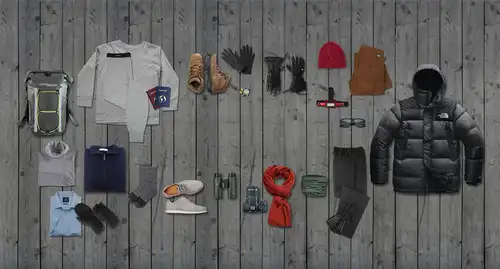
What to Pack for Your Expedition Cruise to the Arctic or Antarctica
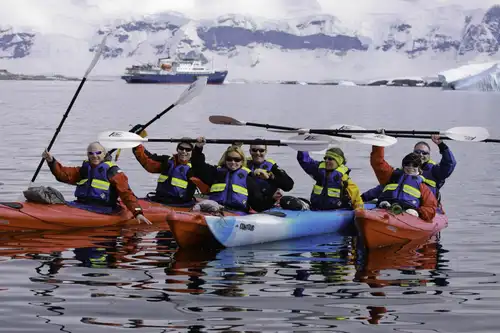
A Day of Basecamp in Antarctica – Paradise Harbour

Earth vs. Mars: Polar Regions Compared
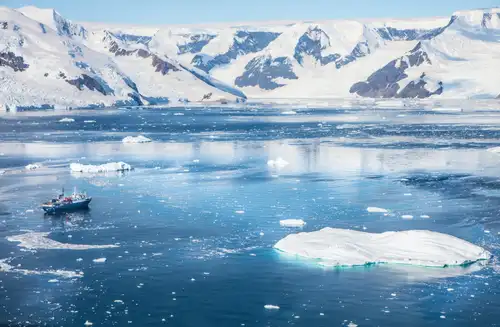
The first race to the South Pole in 50 years
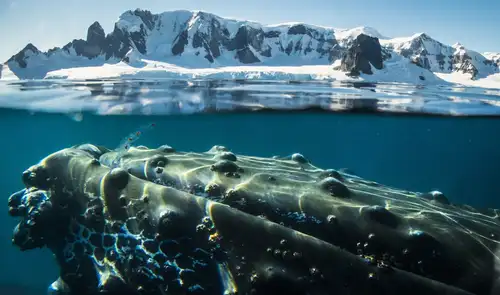
Baleen Whales – The Gentle Giants of the Ocean

The Small Mammals of the Arctic and Antarctica
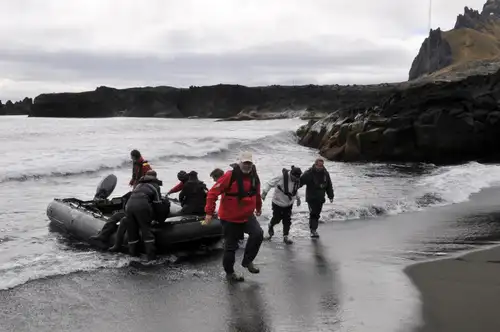
A visit to the fascinating island of Jan Mayen

The Eight Great Penguin Species of Antarctica
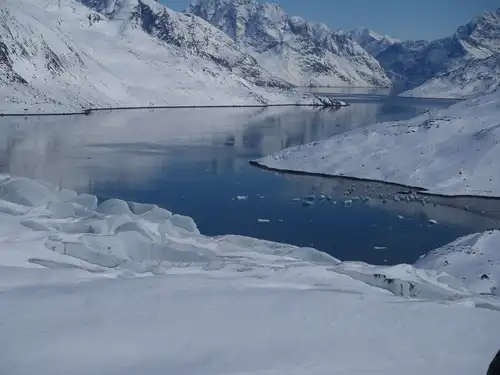
How and When Did Greenland Become Covered in Ice?
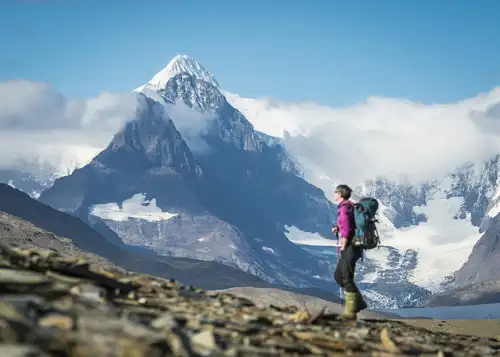
Path of Polar Heroes: Hiking Shackleton’s Historic Route

Antarctic krill: Antarctica's Superfood
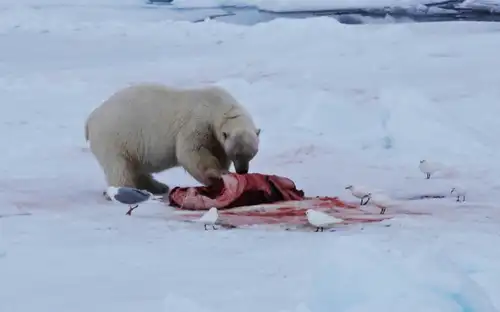
“The polar bear will still be there”

Two for the Snow: Polar Cruises for Couples
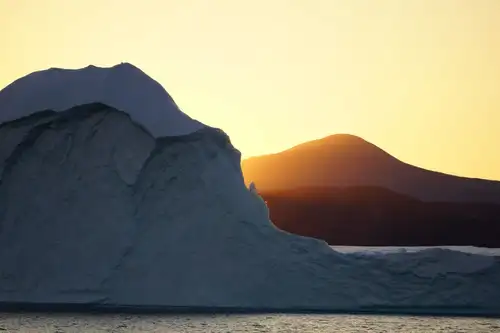
Light in the Land of the Midnight Sun

Of Treacherous Rocks & Audacious Fin Whales
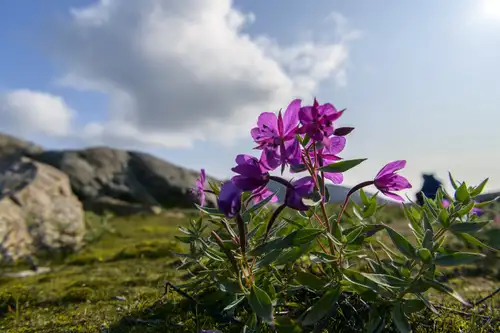
Arctic Flowers, Trees, and Other Plant Life
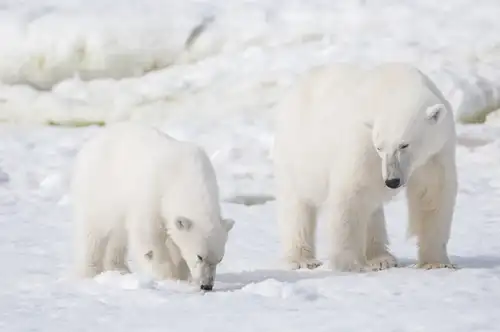
The polar bear: king of the Arctic food chain
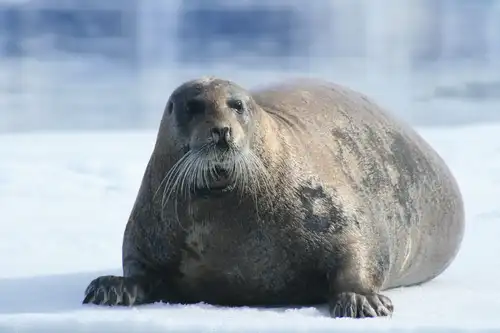
Arctic Seals
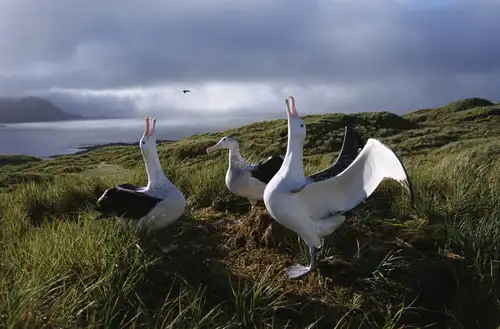
Albatross, penguin and krill research in Antarctica




